Mezcal holds a reputation for flavor unlike any other spirit. At the heart of that flavor sits smoke—rich, earthy, and unmistakable. Every sip delivers a taste shaped by centuries of skill, patience, and careful technique.
The smoky flavor of mezcal does not come from additives or artificial flavoring. It comes straight from the ground, fire, and plant.
Most people compare mezcal to tequila. That comparison misses the core of what makes mezcal so complex. Tequila uses steam. Mezcal uses fire. That single choice changes everything.
Smoky flavor in mezcal connects directly to how agave gets cooked. The science behind that process reveals a mix of heat, chemistry, and tradition.
In this article, every layer of mezcal’s signature taste will be explained.
Ancient Methods That Built the Flavor
The smoky flavor in mezcal does not come by accident. It begins with fire inside the earth. That method stretches back hundreds of years.
Earthen Pits That Trap Smoke
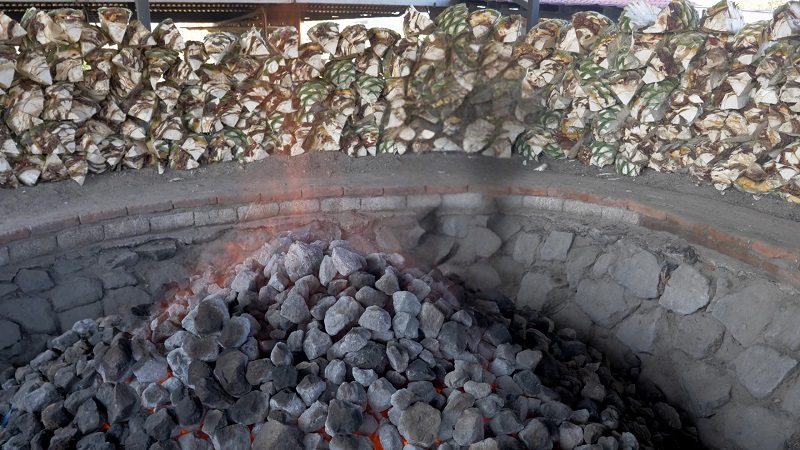
Mezcaleros dig a large pit in the ground. They fill it with river stones or volcanic rocks. Those rocks get heated until glowing hot using firewood. The wood matters—some use oak, others prefer mesquite or ocote. Each burns with its own scent.
Once the rocks reach peak heat, agave piñas get placed into the pit. Piñas look like giant pineapples. After cutting the leaves, only the center remains. That center holds the sugars and fibers that shape mezcal.
To trap the heat and smoke, mezcaleros cover the pit. First comes a layer of agave leaves. Then fabric, soil, and ash go on top. Once sealed, the roast begins.
Roasting takes several days. The longer the piñas roast, the deeper the smoke seeps in. The outer layers darken and char. The inner core softens. Smoke penetrates every part of the plant.
Passed Down Through Generations
The pit oven design is not random. Every family of mezcal producers holds its own method. Some make shallow pits for a lighter flavor. Others go deeper to lock in intensity. That choice influences every batch.
In parts of Oaxaca, some communities use local soil types or specific stone patterns. Others roast in certain moon cycles. These rituals and choices show how deeply mezcal connects to land and tradition.
Each producer makes decisions that shape the final taste. That is why no two mezcals ever taste exactly the same. The pit’s size, the choice of wood, the type of covering—every element controls the smoke.
Chemistry of Smoke in Flavor Absorption
Roasting transforms agave into flavor. That transformation starts in the pit, but science takes it further.
Once the piñas heat up, chemical changes begin inside the plant. Those changes create the smoky profile people expect in mezcal.
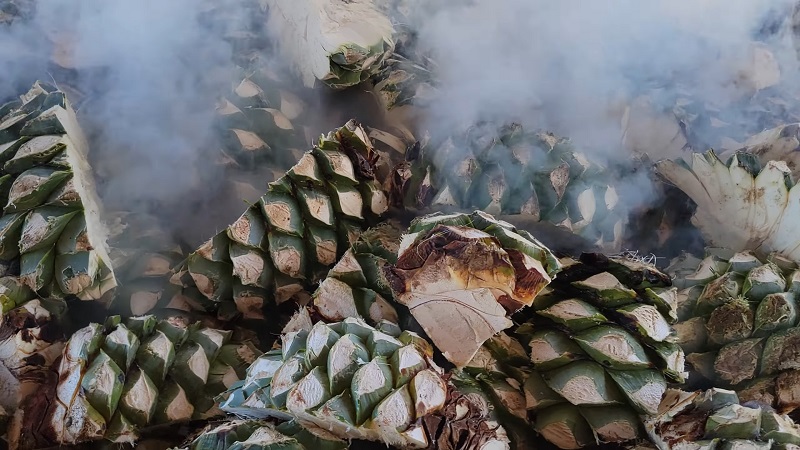
Chemical Reactions in the Pit
Fire does more than soften the agave. It sparks reactions inside the sugars and fibers. Three reactions stand out:
Maillard reaction
Heat causes sugars and amino acids to react. That reaction creates roasted flavors and dark coloring.
Caramelization
Natural sugars break down under heat. As they change, they produce rich notes of toffee or charred fruit.
Smoke particle absorption
Burning wood produces compounds that attach to the agave. Those compounds carry aroma and taste.
Smoke Flavor Compounds
Smoke carries several molecules that end up inside the roasted agave. Each one adds a unique element:
| Compound | Flavor Note | Source |
| Phenols | Medicinal, woody | Wood combustion |
| Guaiacol | Earthy, sharp smoke | Lignin breakdown |
| Furfural | Sweet, nutty | Sugar reactions |
| Aldehydes | Dry, spicy | Heat-driven changes |
Why Agave Absorbs Smoke So Well
Agave is not like other crops. Its structure helps trap smoke deeply. That happens because:
- The plant grows for 8 to 20 years before harvest.
- Its fibers are dense and layered.
- It holds both water and resin, ideal for smoke retention.
Natural Materials That Shape the Taste
Flavor does not come only from fire and agave. Local materials—often overlooked—build mezcal’s depth. The type of wood, the stones inside the pit, and even the soil and air around the roasting site all influence how smoky a mezcal will taste.
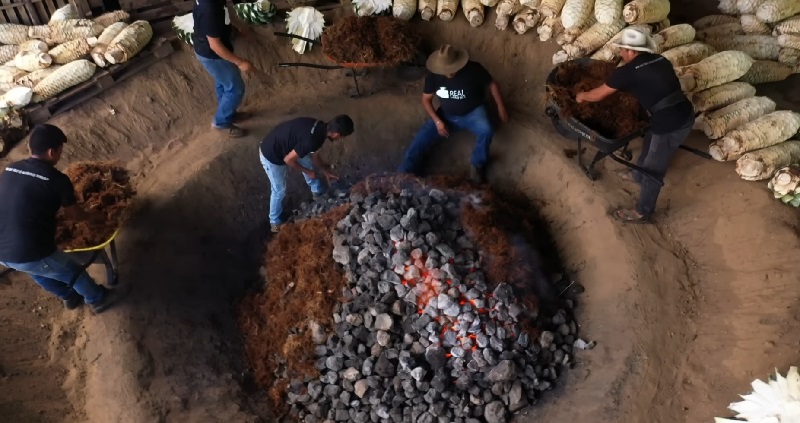
Every Wood Tells a Different Story
Producers do not choose wood at random. Each type burns at a specific temperature, produces different smoke, and leaves behind unique oils.
Common woods used in mezcal pits include:
- Mesquite – Dry, sharp, produces fast smoke with bitter notes
- Oak – Slow burn, balanced smoke, smooth earthy aroma
- Ocote (pine resin wood) – Resin-rich, sweet and spiced edge
- Guamuchil or regional woods – Vary by region, often bring herbal or wild flavors
Rocks That Do More Than Hold Heat
The rocks placed at the bottom of the pit do not only keep heat. They interact with moisture and minerals inside the agave. That interaction affects flavor.
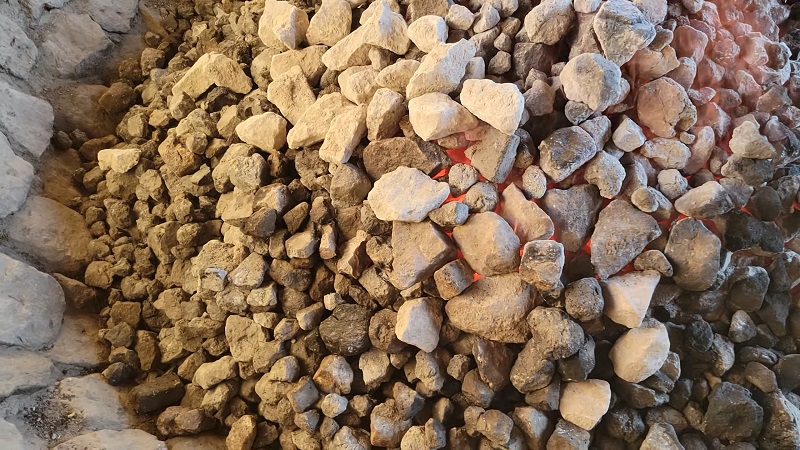
Producers use:
- Volcanic stone – Retains high heat, gives sharper flavor
- River stones – Softer heat release, more rounded profile
- Limestone or mixed rock – Adds mineral notes, sometimes a chalky finish
Nature in the Air and Soil
Every pit oven sits outside. The smoke rises through open air. Wind, temperature, and humidity on roasting days shift how smoke settles into the plant.
Soil also plays a role:
- Dry clay traps more heat in the pit.
- Sandy earth may cool the pit faster.
- Rich volcanic soil reflects heat and affects the pit’s seal.
Artisan Decisions That Fine-Tune Flavor
Materials and chemistry set the foundation. What happens next depends on human choices. Producers control every part of the roast.
Timing, pit design, layering—all shape how deep or soft the smoke turns out.
Roast Duration Controls Intensity
Time equals transformation. A longer roast does not only make the agave softer. It changes the entire flavor profile.
Short roast:
- Lighter smoke
- More plant sweetness
- Cleaner finish
Long roast:
- Deep, layered smoke
- Hints of ash or char
- Stronger aroma during distillation
Layering Matters More Than Expected
Roasting does not mean stacking agave in a pile and walking away. Placement inside the pit changes how smoke reaches each piece.
- Top layers get soft heat and light smoke
- Center layers get full smoke and strong caramelization
- Bottom layers may char or crystalize if the rocks stay too hot
Pit Shape and Depth Guide the Outcome
A wide, shallow pit gives more airflow. That leads to soft smoke and bright flavors. A deep, narrow pit traps smoke longer and pushes it into the core.
Some producers dig the pit based on soil density. Others shape it based on tradition. Few rely on written plans. Instead, they follow instinct built on years of work.
Small choices create big differences. The flavor in your glass reflects not only the plant and the fire—but also the judgment of the hands that made it.
Smokiness Spectrum in Mezcal Bottles
Not every bottle of mezcal tastes like smoke. Some deliver gentle hints. Others pour out a full campfire in liquid form. The difference comes from agave type, roast method, and production style.
Some Mezcals Taste Light or Even Fruity
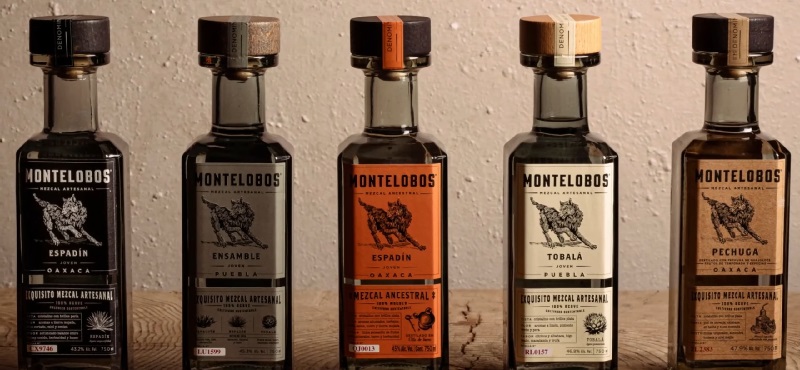
Smokiness often gets overstated. First-time drinkers expect mezcal to taste like burnt wood. That is not always the case.
Many bottles offer:
- Herbal notes with soft earthiness
- Sweetness with light smoke underneath
- Floral or mineral tones without a roasted edge
Lighter mezcals come from:
- Short roasting times
- Shallow pit designs
- Specific agave types with higher water and lower fiber
Producers aiming for balance often use Espadín. That agave grows fast, holds sugar well, and absorbs smoke gently.
Wild Agaves Hold More Smoke
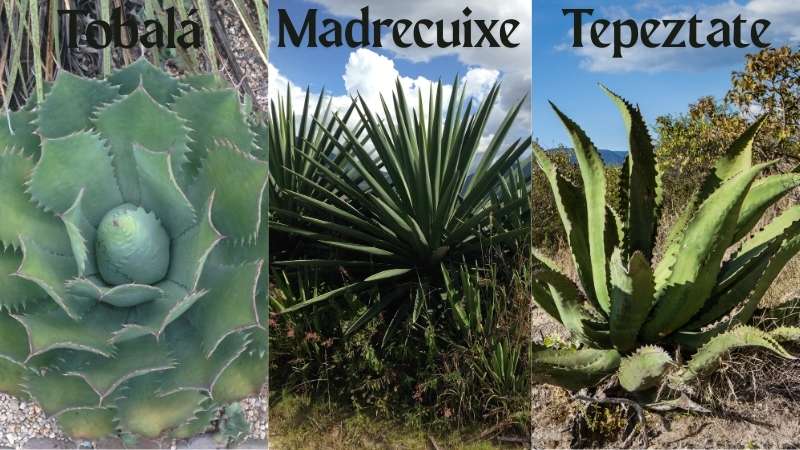
Some agaves absorb smoke more deeply. That includes:
- Tobalá – Grows small, dense, and slow. Delivers intense, rich smoke with sharp flavor edges.
- Madrecuixe – Tall and fibrous. Carries earthy notes and long smoky finishes.
- Tepeztate – Rare and wild. Produces heavy, herbal smoke with natural bitterness.
These agaves grow in the wild for 12 to 25 years. Their age and density give them strong smoke retention. Mezcals made with these species tend to carry deeper flavors.
Why Smokiness Can Surprise First-Time Tasters
Some bottles taste smoky on the nose but soft on the tongue. Others start gentle but leave a smoky aftertaste.
That variation depends on:
- Where the piña sat in the pit
- How long it roasted
- What part of the agave got fermented and distilled
- How cuts were made during distillation
Smoke in mezcal does not come in one level. It moves through a wide range. That range shows the depth and control of the producer—not just the fire.
Why Tequila Tastes So Different
People often group mezcal and tequila together. Both come from agave. Both come from Mexico. Only one carries smoke.
The reason for that difference sits inside the cooking method. Tequila uses no firewood or underground roasting. That single choice changes everything.
Industrial Cooking Removes Smoke
Tequila producers use steam ovens or autoclaves. They load raw agave into large steel chambers. Then they cook it with hot vapor. No fire. No wood. No pit.
That process:
- Speeds up cooking
- Keeps sugar levels high
- Prevents any smoke from touching the agave
Mezcal Keeps the Complexity
Artisan mezcal keeps its smoke by sticking to the pit. That choice creates flavor, but it also slows production.
Some differences:
| Cooking method | Steam in metal ovens | Fire in underground pits |
| Flavor | Sweet, sharp, smooth | Smoky, earthy, layered |
| Scale | Industrial, large-scale | Artisan, small-batch |
| Regulation | Limited to blue agave | Allows many agave species |
No smoke enters tequila because no wood ever burns near the plant. Smoke lives in mezcal because fire surrounds every step.
Conclusion
The smoky flavor in mezcal comes from more than fire. It rises from the pit, flows through chemistry, and finishes in the hands of skilled producers. Every stone, every wood, every fiber of the agave plays a role.
Some bottles carry gentle hints. Others burn with depth. All reflect a process shaped by time, nature, and precision.

